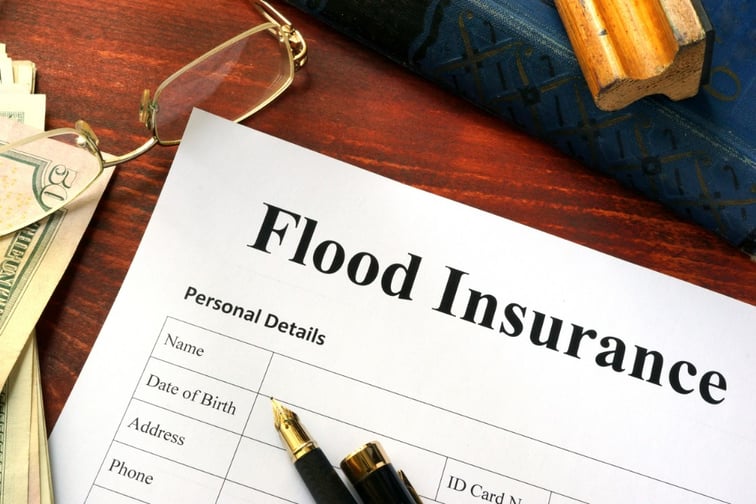

Secretary of Homeland Security Alejandro Mayorkas has revealed during a congressional hearing last week that the federal system for setting flood insurance premiums needs more tweaking than initially expected.
According to a report by The Advocate, Mayorkas told the Homeland Security Committee the approach to the program is being reviewed and hinted at plans to provide grants that will help homeowners and businesses.
“We are reviewing and need to continue to review the Risk Rating 2.0 given the concerns that have been expressed,” he said.
Introduced in 2021 by the Federal Emergency Management Agency (FEMA), Risk Rating 2.0 is a new method for calculating flood insurance rates. While its goal is to ensure that rates accurately reflect an individual property’s risk, lawmakers from both sides of the aisle have asked for more transparency regarding the pricing formula.
The Department of Homeland Security oversees FEMA, which is responsible for managing the National Flood Insurance Program (NFIP).
Responding to Mayorkas’ testimony, Louisiana Congressman Troy Carter said it was clear that Risk Rating 2.0 is “not a done deal, like we had been told, and that there will be some revisiting of the formula specifically geared toward fairness and granting relief,” according to The Advocate.
New data released by FEMA has revealed substantial increases in flood insurance rates Risk Rating 2.0, particularly in Louisiana. On average, Louisiana is projected to see a 134% hike in rates for single-family homes, phased in over years, compared to an average 104% jump nationwide.
“Unfortunately, significant rate increases in communities across the country remain largely unexplained,” said the Coalition for Sustainable Flood Insurance in a statement obtained by NOLA.com.
FEMA has defended the new system, with NFIP senior executive David Maurstad saying that “Risk Rating 2.0 “corrects pricing inequities for close to a million policyholders living in low- and moderate-income communities,” in addition to positioning the program to be more adaptable to the “challenges posed by climate change.”
What are your thoughts on this story? Feel free to comment below.
